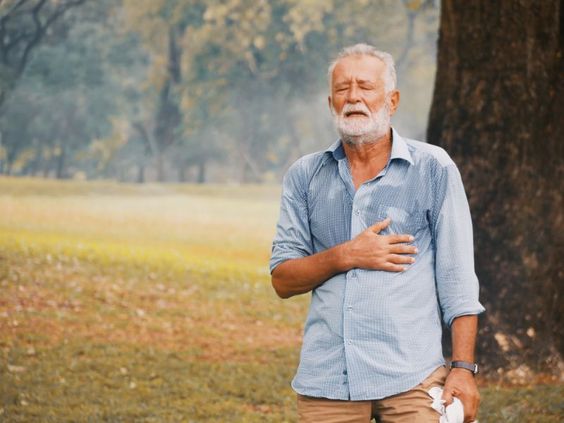Introduction
As temperatures rise during the summer months, it's crucial to be aware of the dangers of heat stroke. Heat stroke is a severe heat-related illness that occurs when the body's temperature regulation system fails, and it can be life-threatening. Understanding the causes, symptoms, prevention methods, and first-aid measures for heat stroke is essential for everyone, especially during periods of intense heat.

Heat stroke is the most serious form of heat illness and is considered a medical emergency. It develops when the body's core temperature rises rapidly, typically above 104°F (40°C). Prolonged exposure to high temperatures or strenuous physical activity in hot environments can overwhelm the body's ability to cool itself, leading to heat stroke.
Recognizing the Signs of Heat Stroke
Recognizing the signs of heat stroke is crucial for prompt action. Symptoms may vary from person to person, but common signs include:
- High body temperature: A core body temperature of 104°F (40°C) or higher is a hallmark sign of heat stroke.
- Altered mental state: Confusion, disorientation, agitation, slurred speech, seizures, or even coma can occur.
- Skin changes: The skin may be hot, red, dry, or excessively sweaty.
- Rapid pulse and breathing: The heart rate and respiratory rate increase as the body tries to cool itself.
- Headache: A severe, throbbing headache is common.
- Nausea and vomiting: These symptoms may occur as the body overheats.
Preventing Heat Stroke
Preventing heat stroke is crucial, especially for individuals at higher risk, such as the elderly, young children, athletes, and those with chronic illnesses. Here are some essential preventive measures:
- Stay hydrated: Drink plenty of fluids, especially water, throughout the day. Avoid sugary or alcoholic beverages, as they can dehydrate the body.
- Wear appropriate clothing: Opt for loose-fitting, light-colored clothing made from breathable fabrics like cotton.
- Avoid strenuous activity during the hottest parts of the day: If you must be active outdoors, try to schedule your workouts for cooler hours.
- Take breaks in cool environments: If you're spending time outdoors, take frequent breaks in air-conditioned spaces.
- Never leave children or pets unattended in vehicles: The temperature inside a parked car can rise rapidly, leading to heat stroke quickly.
- Acclimatize gradually to hot environments: If you're not used to hot weather, gradually increase your exposure to help your body adjust.
First Aid for Heat Stroke
Heat stroke is a medical emergency that requires immediate attention. If you suspect someone is experiencing heat stroke, follow these steps while waiting for medical help to arrive:
- Call emergency services: Dial 911 (or your local emergency number) immediately.
- Move the person to a cooler location: Get the individual out of the heat and into a shaded or air-conditioned area.
- Cool the body down: Remove any unnecessary clothing and apply cool water or ice packs to the person's skin, focusing on the neck, armpits, and groin areas. Fan the person to promote evaporation.
- Do not give fluids: It's crucial to avoid giving fluids orally to someone with heat stroke, as they may have difficulty swallowing.
Remember, heat stroke is a preventable condition. By taking necessary precautions, staying informed, and recognizing the warning signs, you can help protect yourself and others from this potentially life-threatening illness.

.jpg)